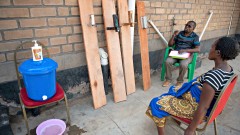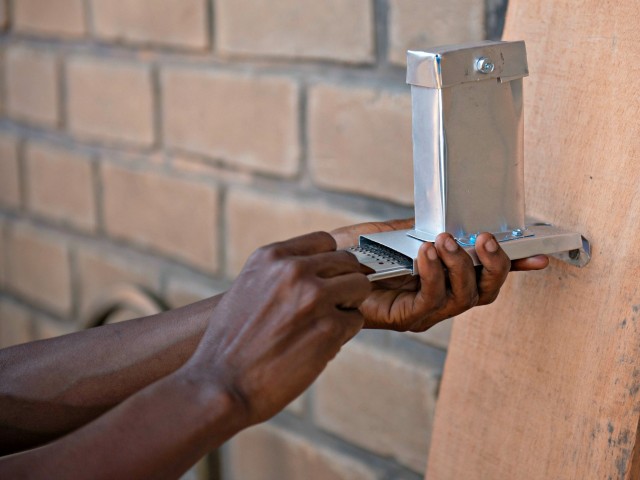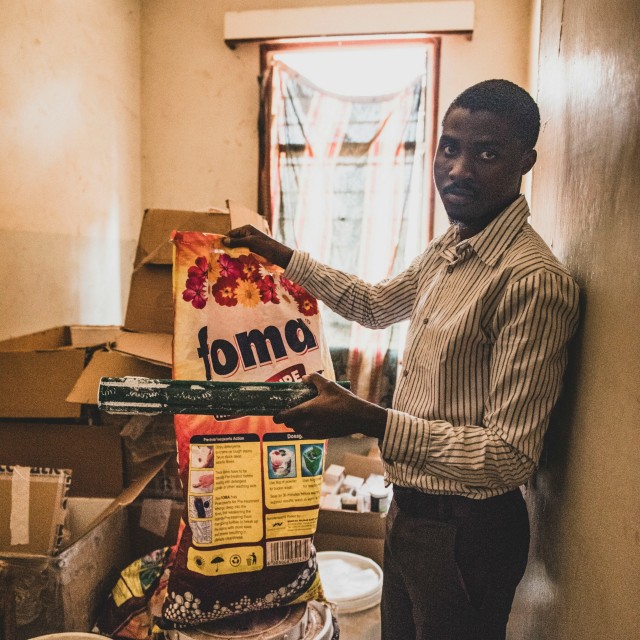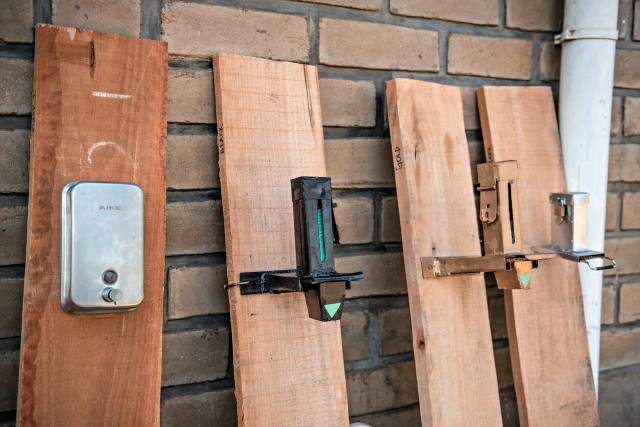When soap is missing in health care centres









Soap-dispenser prototypes. Photo: Raïsa Mirza.

Soap-dispenser prototypes. Photo: Raïsa Mirza.

Photo: Raïsa Mirza.

Photo: Raïsa Mirza

Photo: Raïsa Mirza
By Raisa Mirza & Lauren Alcorn
“When we asked why soap wasn’t available for handwashing in health care facilities in Malawi, we were told, “Soap has legs”. In other words, the soap was being stolen.”
Handwashing by medical practitioners is crucial in the elimination of Healthcare Associated Infections (HAIs) and maternal and newborn sepsis, and in curbing the rise of antimicrobial resistance; it is a key behaviour targeted by One Drop in our work in healthcare facilities around the world. Access to water and soap are key determinants in increasing the uptake of handwashing. However, hospital administrators are reluctant to allocate appropriate budgets to soap, that is likely to disappear.
THE INITIATIVE
One Drop has embarked on an ambitious initiative to develop a context-appropriate and user-centred hand-soap dispenser that was designed to make it easier for people to take up handwashing in health care facilities. We are taking a human-centred design approach, which is a process that includes multiple rounds of creation, iteration, and prototyping, to ensure that a product is appropriate to the end users (in this case, healthcare providers) and to the system in which it will be placed (in this case, understanding how soap is obtained, delivered, and used in a health care setting). This approach involves building and testing prototypes rapidly in order to improve designs incrementally.
THE TESTING PHASE
For a first foray, we worked with our partners at the InPath Project in Malawi (a project co-financed by the Government of Canada, JCM Power, and One Drop, and implemented by Cowater International) to develop and test five soap-dispenser prototypes. One of these prototypes was built in the garage of one of the project engineers, and combined a simple cheese grater with a lock-box to prevent people from stealing the bar of soap. This is key in the human-centred design process: building rapid prototypes that we can put in front of users to test concepts before refining them too much. We showed the initial design concept to metal workers in Malawi, and they built their own versions of the potential product. In order to also test for soap preference, we also included two versions of commercially available liquid-soap dispensers.
During a recent field visit, we were able to do five rounds of prototype testing with our target users: birth attendants, hospital maintenance staff, and hospital administrators. We expanded our testing to also include pregnant mothers and their guardians, who temporarily reside in the health care facility before a birth, and whom we also want to encourage to take up handwashing. We did both one-on-one interviews and focus groups, in order to take into account cognitive biases that may affect testing.
THE RESULTS
The results are promising. While liquid soap is the winner in terms of soap preference – due to ease of use, rapid foaming, and perceived notion of being faster-acting on germs – all user groups acknowledged that it is too expensive and that the market supply was limited. For One Drop, this might mean looking at how market-driven interventions might help alleviate supply issues in countries. One of the grated soap dispensers was preferred because it was easy to use with one hand, could be locked (which provides security), and made it easy to see the quantity of soap inside (which is useful for monitoring soap levels). However, it was also clear that in order to move forward with producing the preferred design, several improvements would still need to be made to the design itself.
This is great news for One Drop: targeted feedback from users is exactly what we need in order to ensure we design a product that will contribute to a systemic behavioural uptake of handwashing.
We will continue to refine our soap dispenser design in the coming weeks and months, and we intend to continue testing as we do. Facilitating handwashing in health care facilities is a key behaviour to address, and we, at One Drop, continue to develop innovative, systems-based solutions that increase the uptake of targeted behaviours within our projects.
Keep reading : Soap and water are needed. So is behaviour change.
